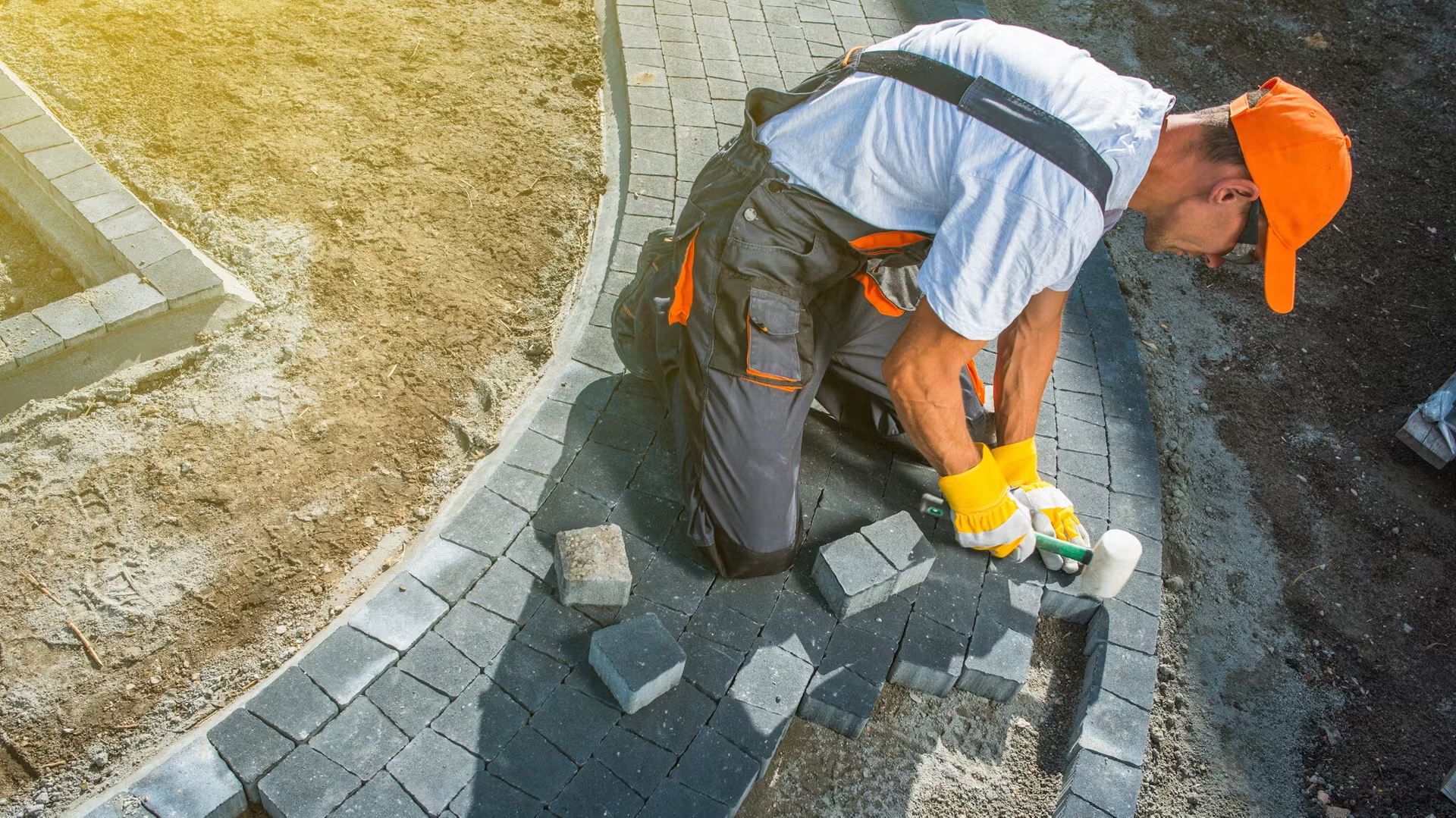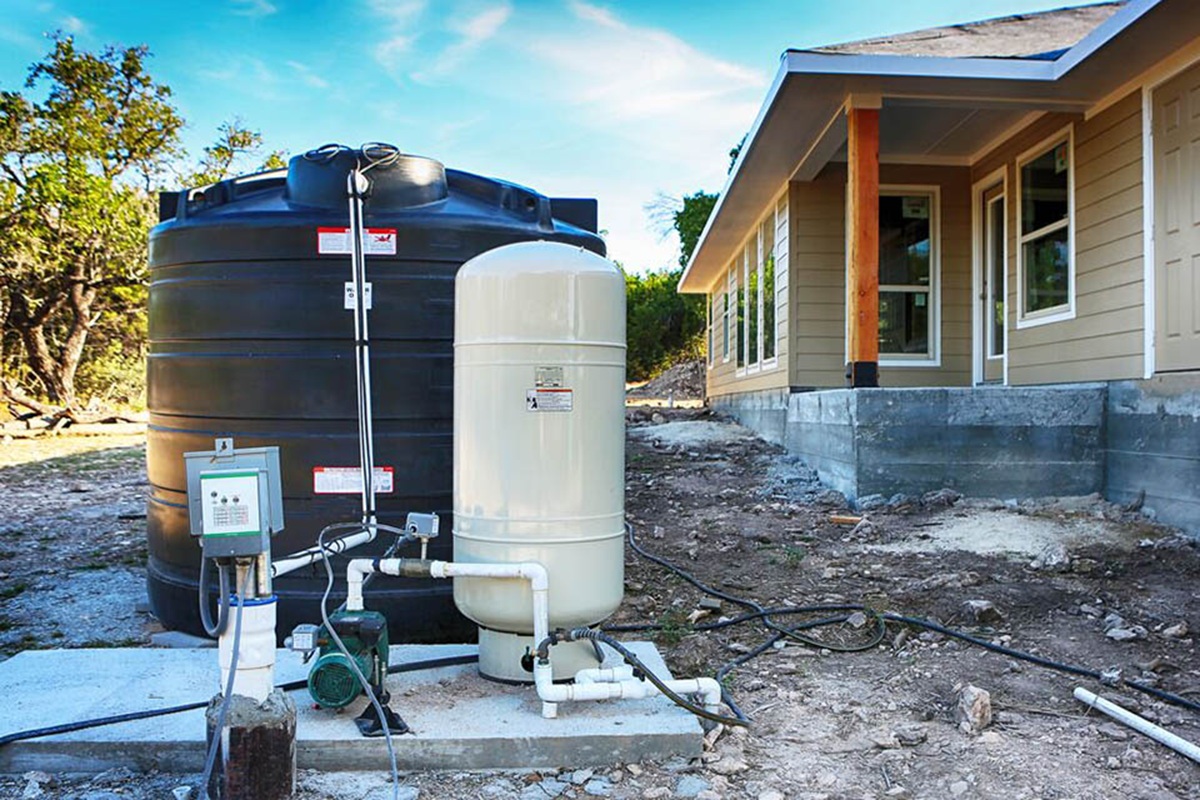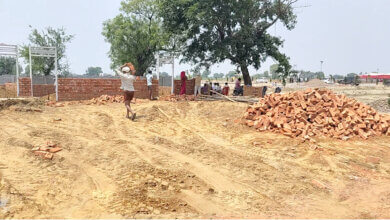Landscaping Explained: How Landscaping Enhances Modern Constructions

Understanding Landscaping
Landscaping is a process of designing and maintaining outdoor spaces. It involves installing a wide range of items like trees and flowers in your garden to increase its visual appearance, functionality, and value. In many cases, landscaping in construction plays a vital role, whether through soft-scape landscaping that involves natural elements like trees, or hardscaping, which deals with modifying non-living features like pathways.
Landscaping in Construction
Landscaping is an important part of construction that involves installing and maintaining outdoor spaces to enhance their visual beauty. It involves designing and creating spaces that reflects the client’s preference, and complement the surrounding environment.
It produces a cohesive and visually appealing outdoor space that increases the beauty and value of the property.
In new construction, landscaping is often added into the initial planning to make sure the outdoor space will complement the indoor design and architecture.
Types of Landscaping
Landscaping has two major categories.
Structural Landscaping (Hardscape)
Structural landscaping, also referred to as hardscape, involves the design and installation of hard and non-living substances in the outdoor space. Main features included in hardscaping are
Retaining walls
They are used to hold soil and provide stable support to slopes. They add a visual factor and can be doubled as seating.
Fencing and Edging
Fencing and edging help define the boundaries of the property. It provides privacy, security, and adds a polished look to the garden.
Driveways
Driveways are the most dominant part of the property. They provide an initial and decisive look to the garden and house. Designing and constructing a well-suited driveway that complements the whole house is very important for the owner.
Artificial Turfs
These are low-maintenance alternatives to natural grass. They are long-lasting, and require minimal care. They can resist harsh weather and forces very well. These are best suited for busy gardens and properties in harsh conditions.
Water features
Installing water features such as fountains and adding ponds is a part of this category. They add a more natural feel to the garden and attract some birds and small animals, which increases the tranquility of the garden.
Soft-Scape Landscaping
Soft-scape landscaping involves all the living and organic material. They include plants, trees, and flowers. These features enhance the beauty of the garden exponentially and work best in contrast with the hard-scape of the garden.

Key elements in soft-scape landscaping are
Plants and Flowers
These features add visual appeal, fragrance, and seasonal beauty to the garden. Flowers can also be used to create colorful borders, themed sections, and seating areas.
Trees and Shrubs
Trees and shrubs add shade and privacy to the garden. Shrubs are often used in fencing and edging. They are designed and installed creatively. Making sure they align perfectly while being visually aesthetic.
Grass and Lawn
It offers more open and cooler space to the garden, which is best for relaxation and morning walks. It provides a more natural and breathable environment.
Key Landscaping Projects
Landscaping can be used in many areas and projects, but the most commonly undertaken in construction are
Residential Landscaping
This focuses on creating, designing, and installing outdoor landscapes for residential buildings. Commonly, developing custom garden layouts and driveways by installing water features and brick walls. These projects are carried out to increase the visual appeal and value of the property.
Landscape designers closely work with the homeowners to apply the best version of their demand.
Environmental Landscaping
These projects are installed and carried out in the spaces that promote environmental sustainability and conservation. These projects are designed to have minimal impact on the environment by supporting natural biodiversity.
Main elements in these projects in to use the local plants and flowers according to their seasonal properties. Using natural grass over artificial turf is also preferred.
Benefits of Landscaping
Enhancing Outdoor Space
Landscaping can transform dull and boring outdoor spaces into completely new and fully functional spaces, which are both modern and beautiful.
Providing a soothing natural experience and relaxing environment.
Increasing Property Value
In addition to enhancing the view, landscaping helps the property to appreciate in value. It also increases the demand and desirability of the property while selling.
Improved Air Quality
Having a natural garden with plants and trees provides better quality air that is beneficial to health, while still being visually appealing.
Reduced Utility Costs
Well-planted trees can act as shade in sunny summers and wind blockers in winter. This natural regulation saves the owner from spending on extra protective shades and materials.
Increased Usability of Space
By adding landscaping, the usability and functionality of the outdoor space increase exponentially. The space that is usually left un-used becomes functional again and gets proper renovation.






